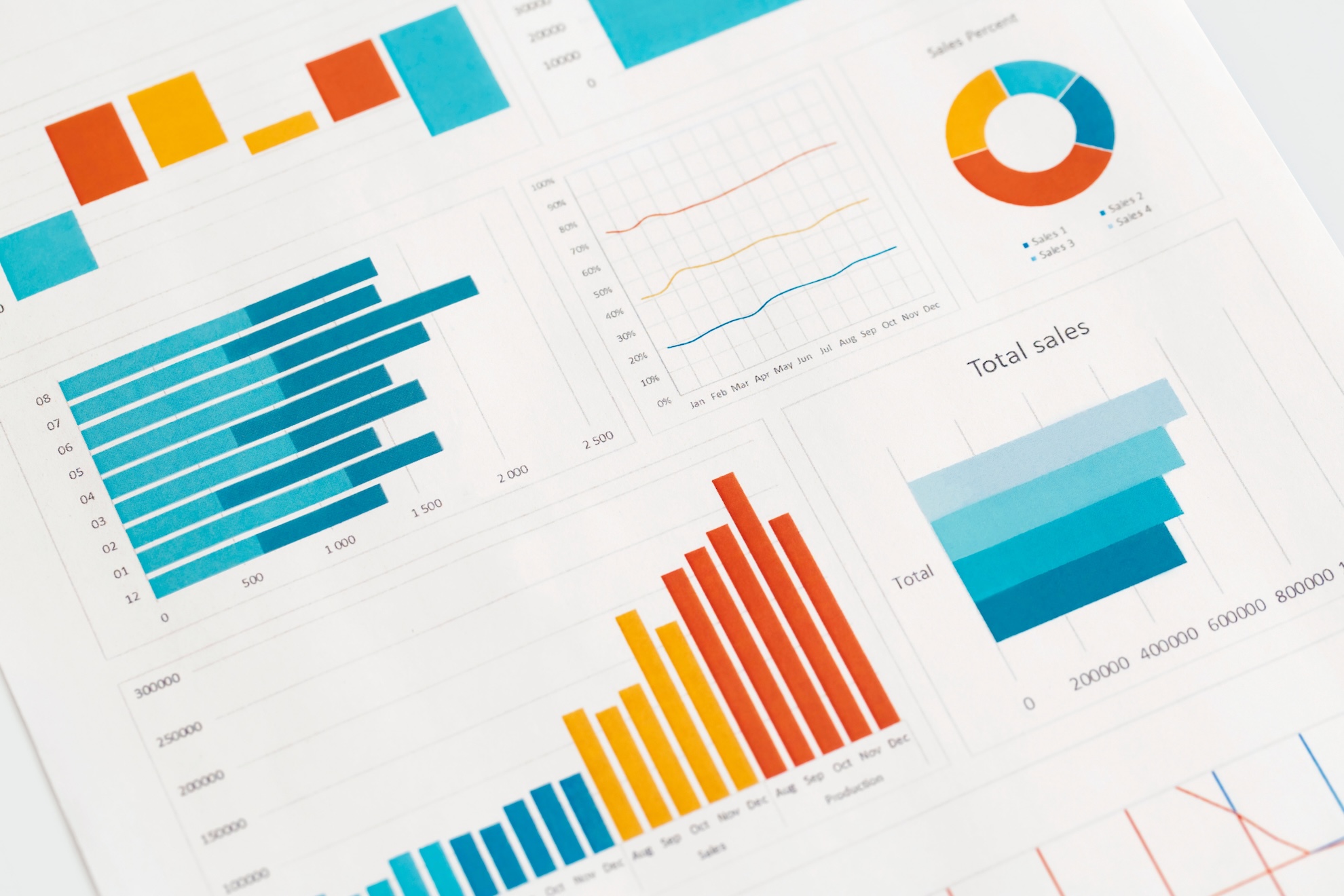Safeguarding Your Data – The Role of Testing in Migration
-
by Erik Greyvenstein
- August 2, 2025
The testing phase is a critical part of any data migration project. It serves as the quality gate that ensures the success of the entire migration effort. During this phase, rigorous checks and validations are performed to confirm that data has been accurately, completely, and securely transferred from the source to the target system. This means verifying that all records are present, data values remain consistent, and no information has been lost, altered, or corrupted during the process.
Beyond data integrity, the testing phase also evaluates whether the new system functions as expected with the migrated data. This includes checking that business processes, workflows, and application features operate correctly and efficiently. Security testing is also essential to ensure that sensitive data remains protected and that access controls are properly enforced in the new environment.
By thoroughly testing the migration, organizations can identify and resolve issues before going live, minimizing the risk of costly errors, downtime, or compliance breaches. Ultimately, a well-executed testing phase builds confidence among stakeholders and paves the way for a smooth transition to the new system.
Types of Data Migration Testing
Test individual components of the migration process (e.g., extraction scripts, transformation logic) to ensure they work as intended.
Test the end-to-end migration process, including data flow between systems, to verify that all components work together seamlessly.
Compare source and target data to ensure completeness and accuracy. This includes record counts, data values, and relationships.
Involve end-users to validate that the migrated data meets business requirements and that the system supports real-world workflows.
Assess the speed and efficiency of the migration process, especially for large datasets.
Ensure that data privacy, access controls, and compliance requirements are maintained during and after migration.
Key steps in the testing phase
Develop a Test Plan:
Define objectives, scope, test cases, success criteria, and responsibilities.
Prepare Test Data:
Use a representative sample or full dataset, including edge cases and sensitive data.
Execute Tests:
Run the planned tests, document results, and track issues.
Validate Results:
Check data integrity (no loss, corruption, or duplication).
Verify data accuracy (values match source).
Confirm business rules and logic are preserved.
Fix Issues and Retest:
Address any defects or discrepancies found, then repeat testing as needed.
Obtain Sign-Off:
Get formal approval from stakeholders and end-users before going live.
best practices to keep in mind
- Automate testing where possible to improve efficiency and accuracy.
- Involve business users early for UAT.
- Maintain detailed documentation of test cases, results, and resolutions.
- Plan for multiple test cycles to catch and fix issues.
- Ensure rollback procedures are in place in case of critical failures.
Conclusion
A thorough testing phase is essential for a successful data migration. It minimizes risk, ensures data quality, and builds confidence in the new system.




